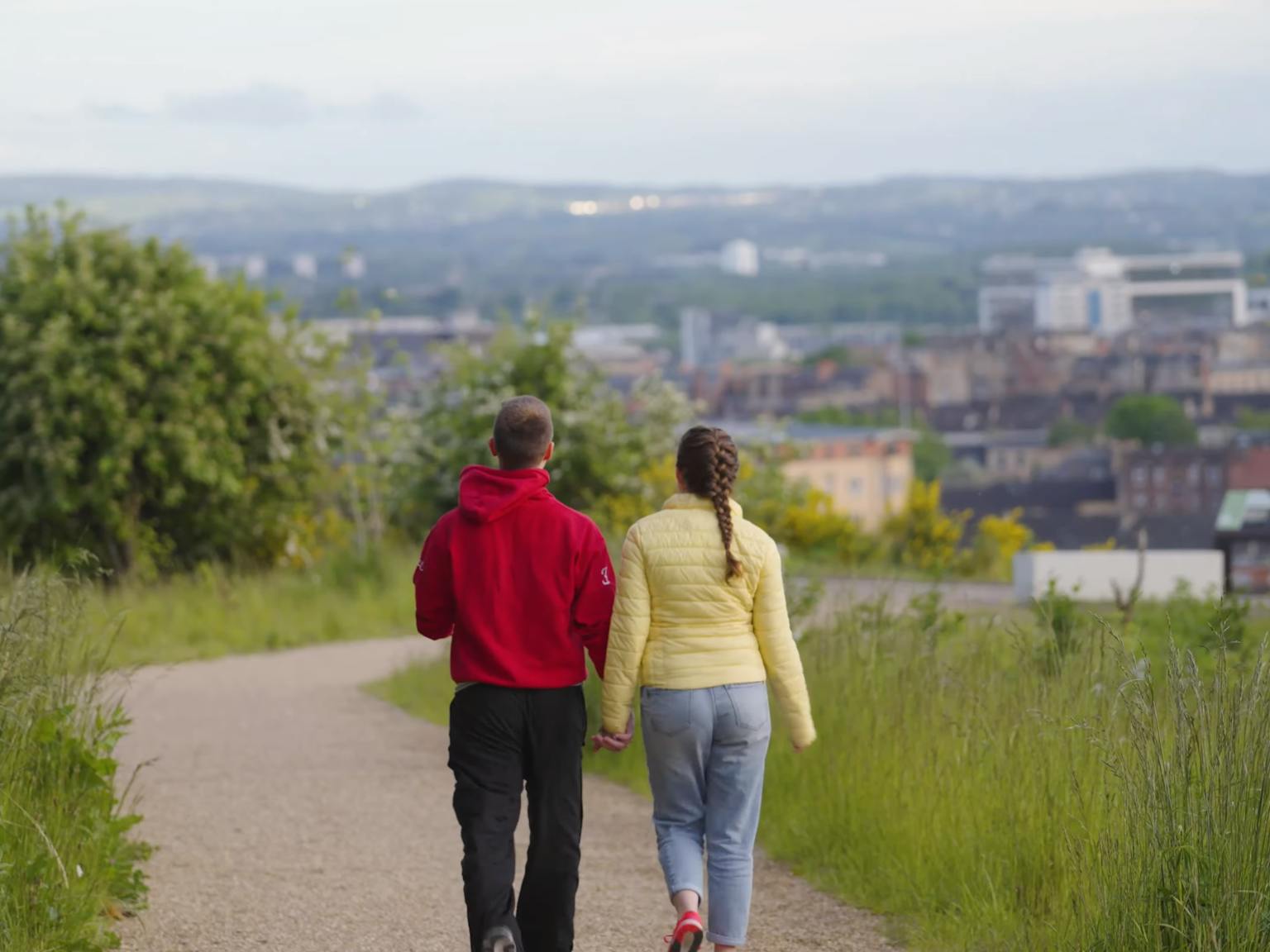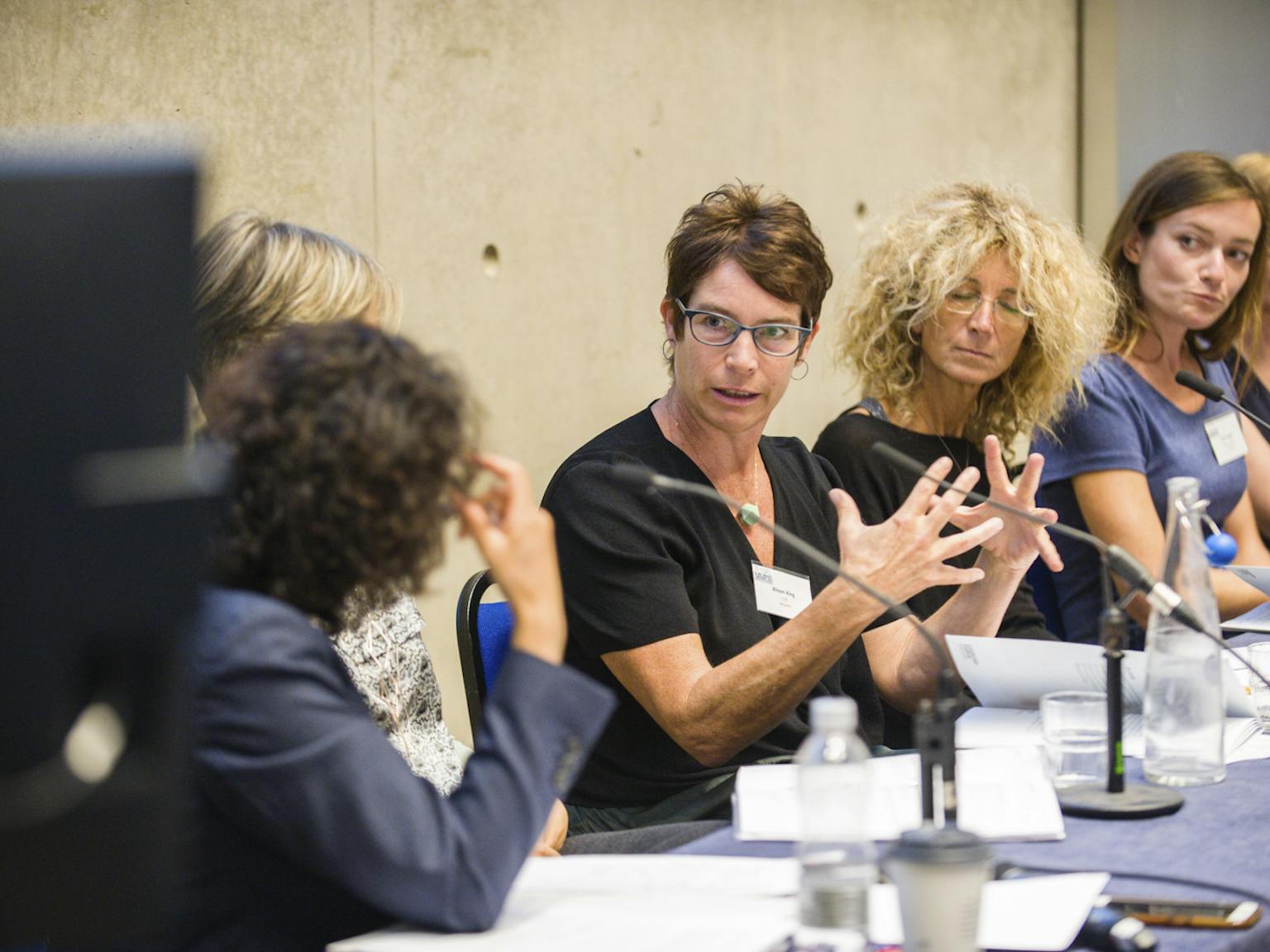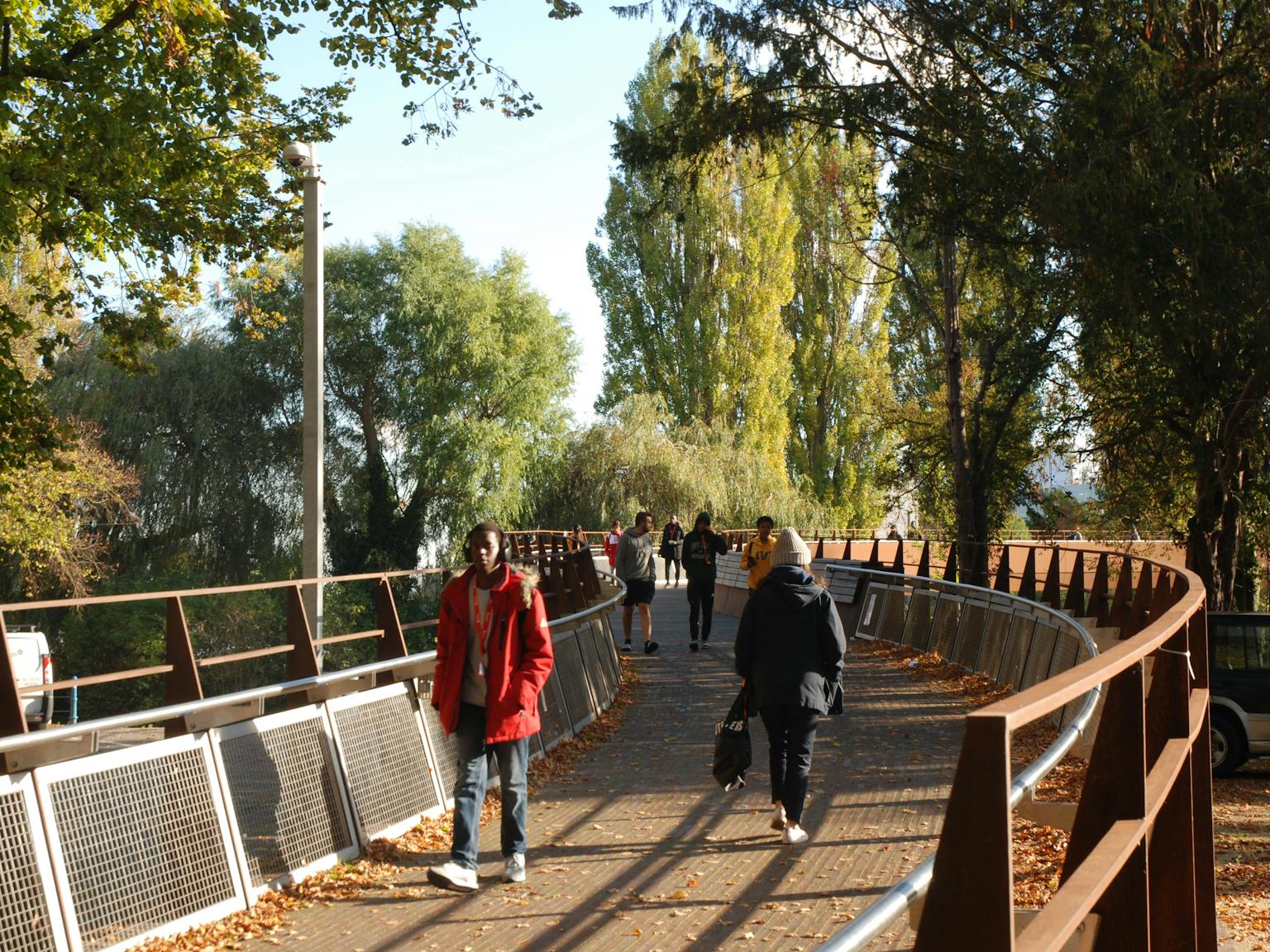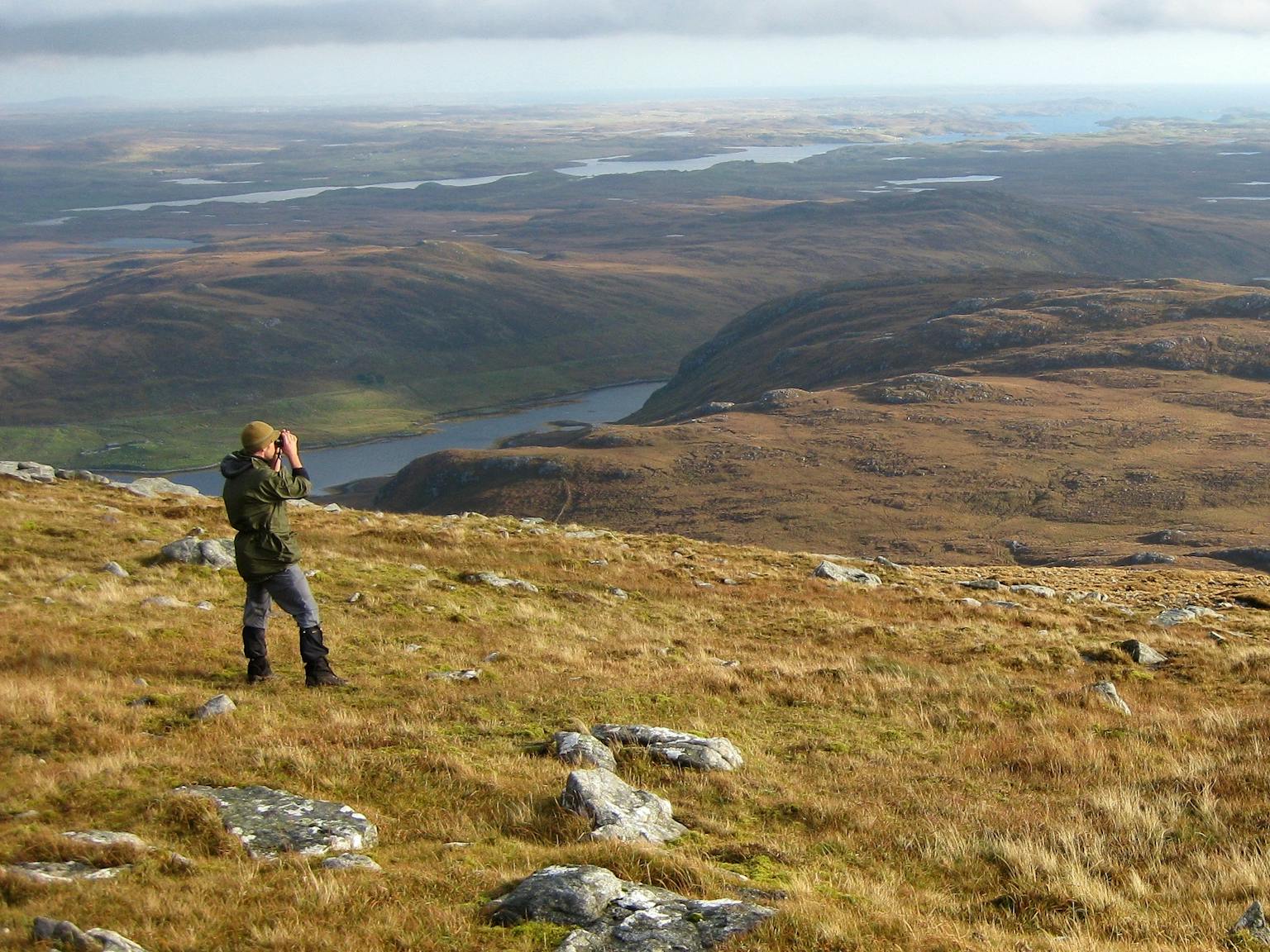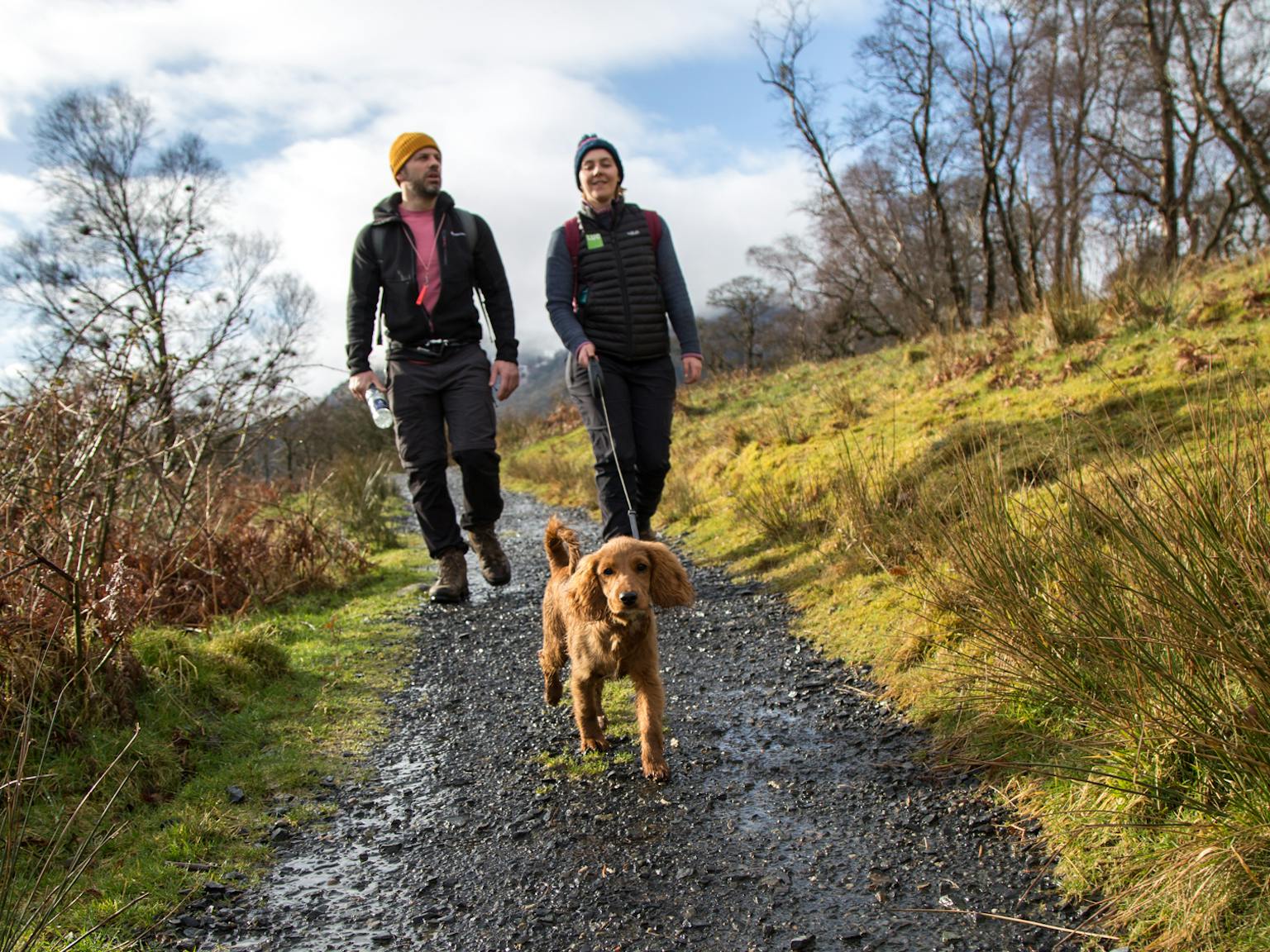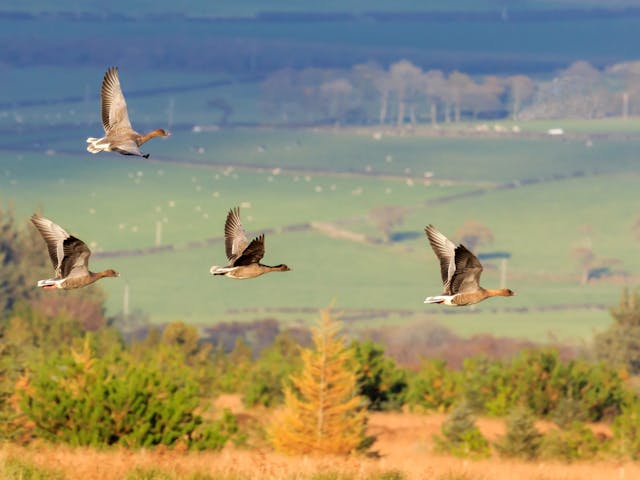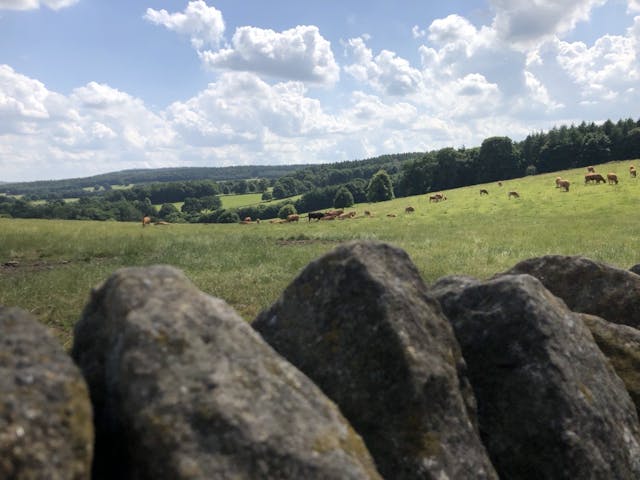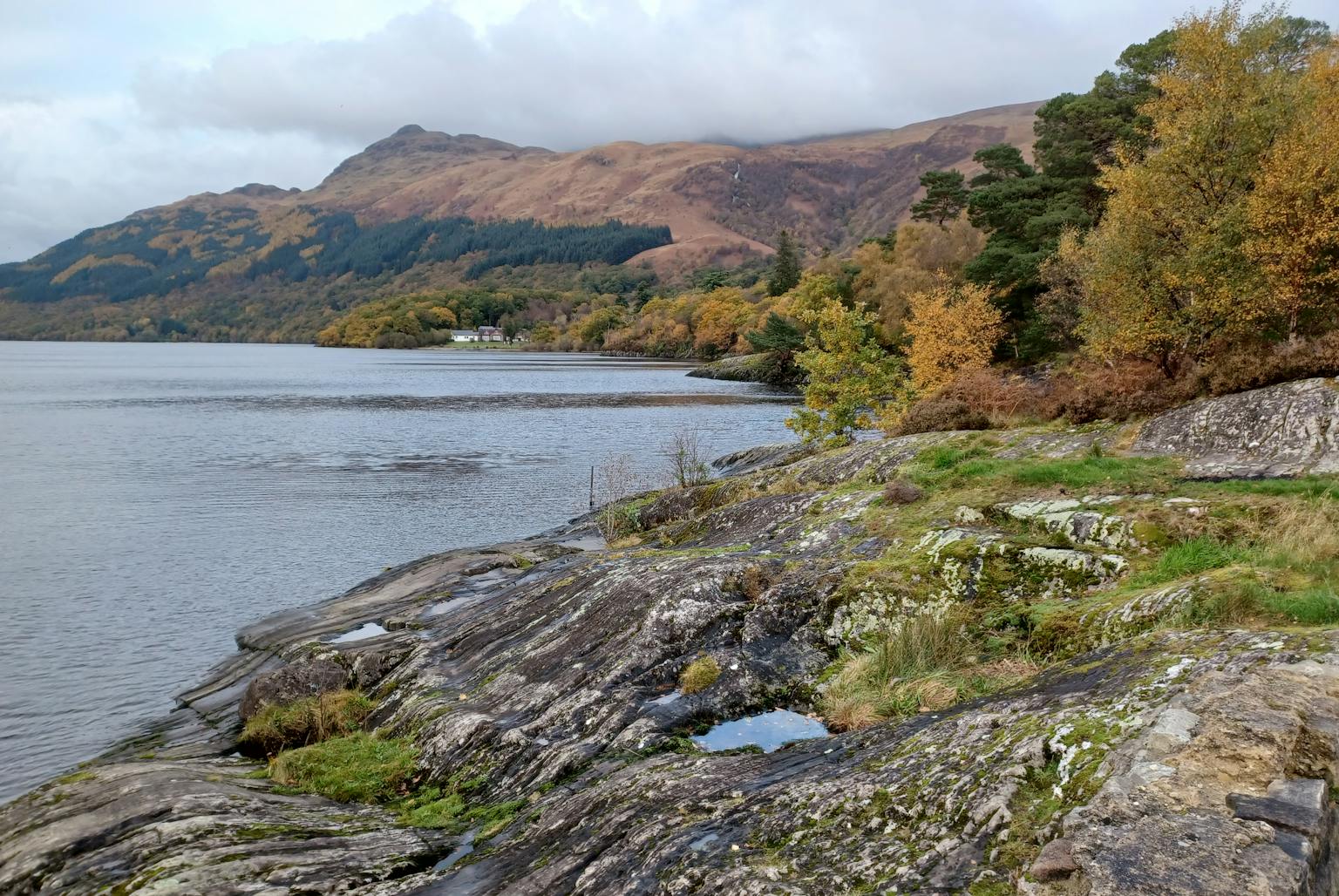
Balancing growth and sustainability in Scottish rural tourism
We've had a glorious spring, and as summer starts to bloom, our thoughts turn to holidays.
The way we spend our leisure time has changed. The climate crisis and COVID have influenced travel habits, with experience-driven travel replacing consumerism, and staycations gaining popularity over carbon-guzzling cheap flights. We are also embracing the mental and physical benefits of spending time in nature.
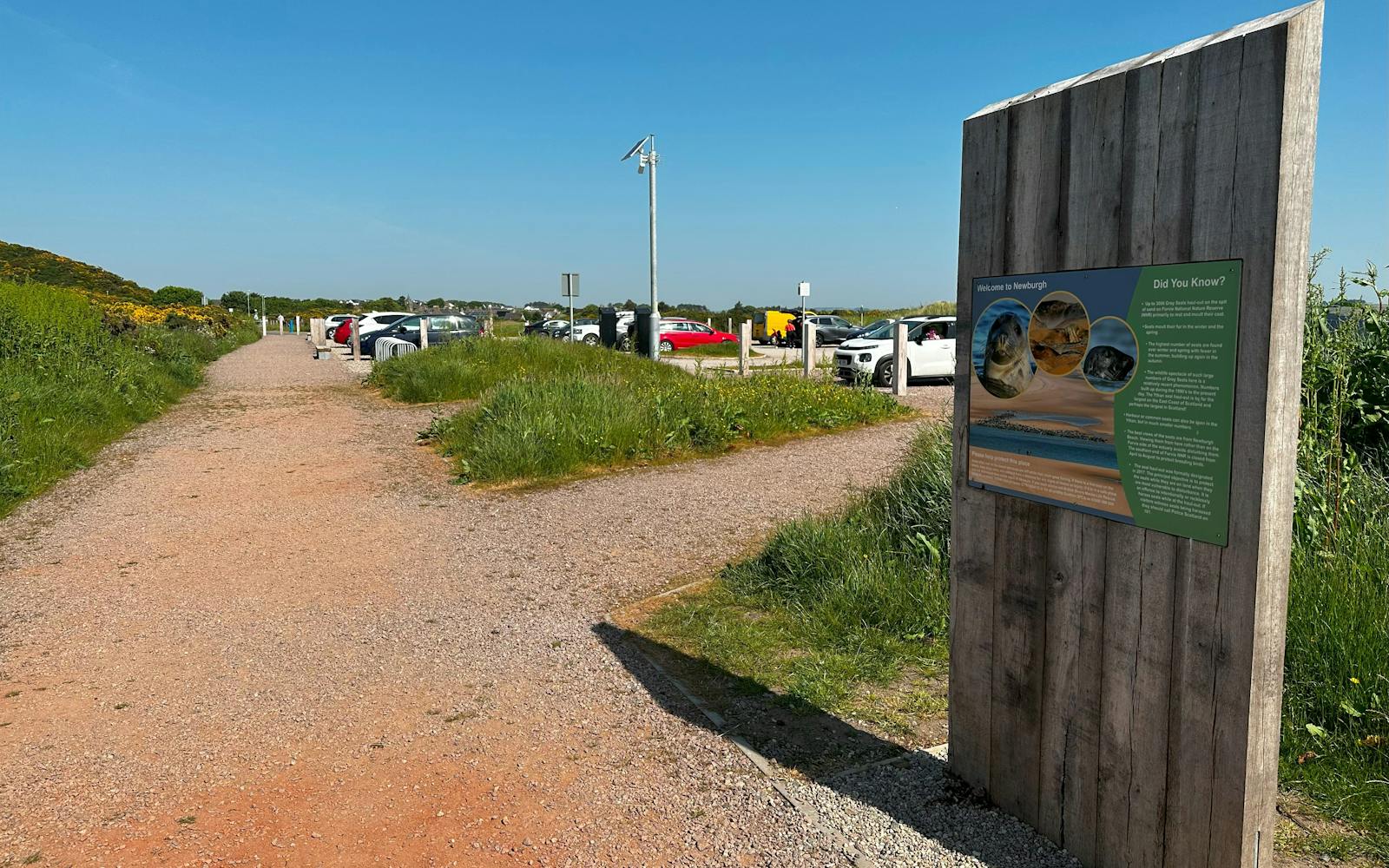
These cultural shifts have driven a boom in Scottish rural tourism. However, the sector faces challenges related to environmental degradation and climate change. The need for a more sustainable approach to planning and design is becoming increasingly urgent, particularly in sensitive locations that were once little-known but are now overwhelmed after going viral on social media.
Environmental impact and overcrowding
The surge in visitors to Scotland's rural areas has placed significant pressure on the landscape. A 2023 VisitScotland survey revealed that 29% of respondents believed high visitor numbers negatively impacted the environment, while 21% noticed overcrowding in natural areas.
Popular destinations such as the North Coast 500 route and the Isle of Skye have experienced traffic congestion, infrastructure strain, and environmental damage due to the influx of tourists.
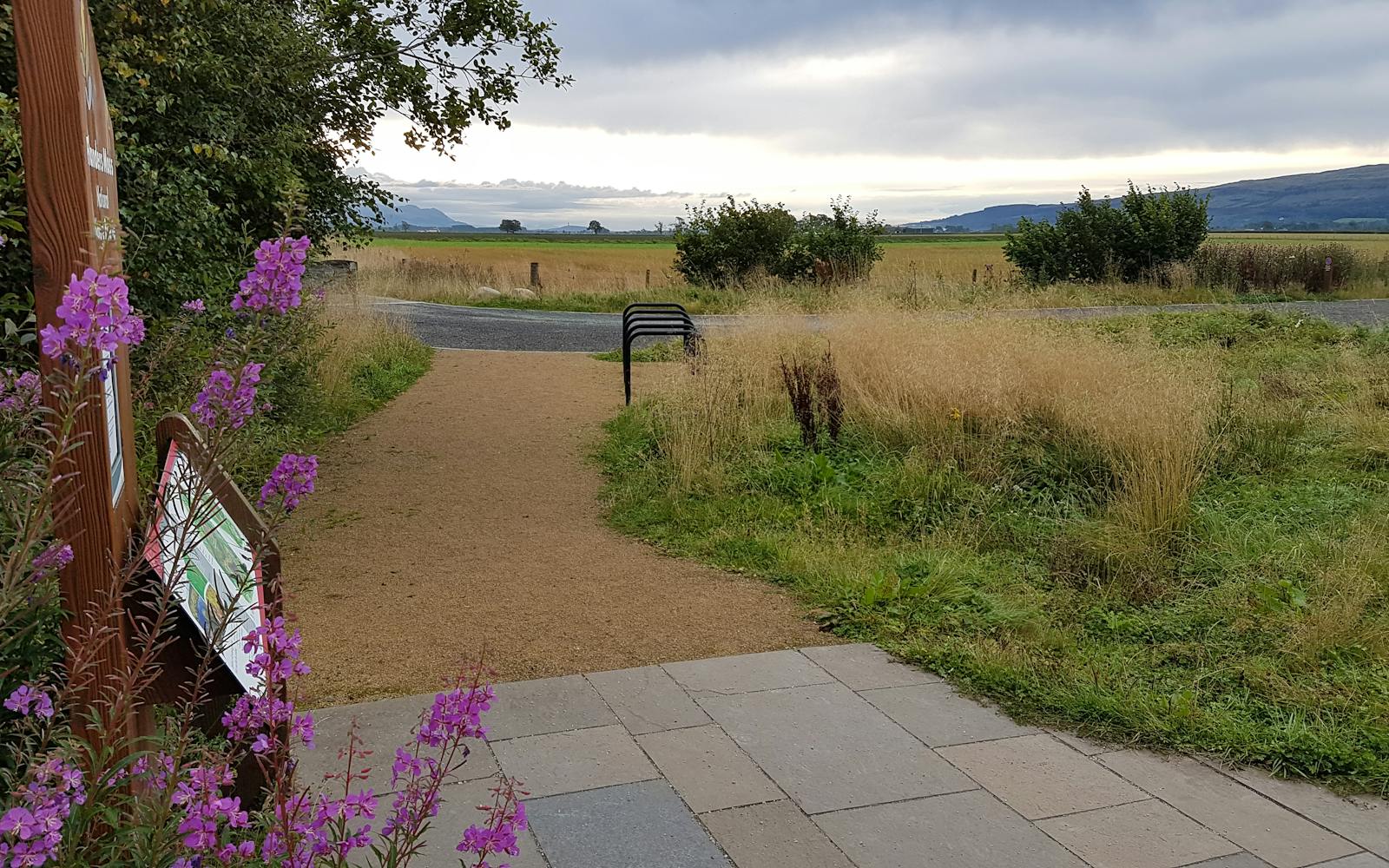
Climate change and sustainable tourism
Addressing the climate crisis is a priority for Scotland's tourism sector. The Highland Council's Sustainable Tourism Strategy aims to position the region as a climate-resilient destination, focusing on environmental enhancement and climate mitigation through responsible tourism.
Scotland's agritourism sector is also working towards net-zero emissions, encouraging farming businesses to adopt best practices for biodiversity and the environment.
Planning and designing for sustainable tourism
To minimise tourism's negative impacts, strategic planning and infrastructure development are essential. The Scottish Government’s Rural Tourism Infrastructure Fund (RTIF), managed by VisitScotland, supports projects that enhance visitor experience while addressing infrastructure pressures and the effects of rising visitor numbers.
Since 2017, the RTIF has funded 33 projects with more than £6.8 million, helping The Highland Council develop a Strategic Tourism Infrastructure Development Plan to guide future priorities. Our Scottish teams have a long history of close collaboration with government, NatureScot (and its predecessor Scottish National Heritage), local authorities and national parks, designing tourist infrastructure in sensitive landscapes.
Is it possible to improve infrastructure and welcome more visitors while still protecting the environment and nature? Our back catalogue of projects contains interesting examples of striking this delicate balance.
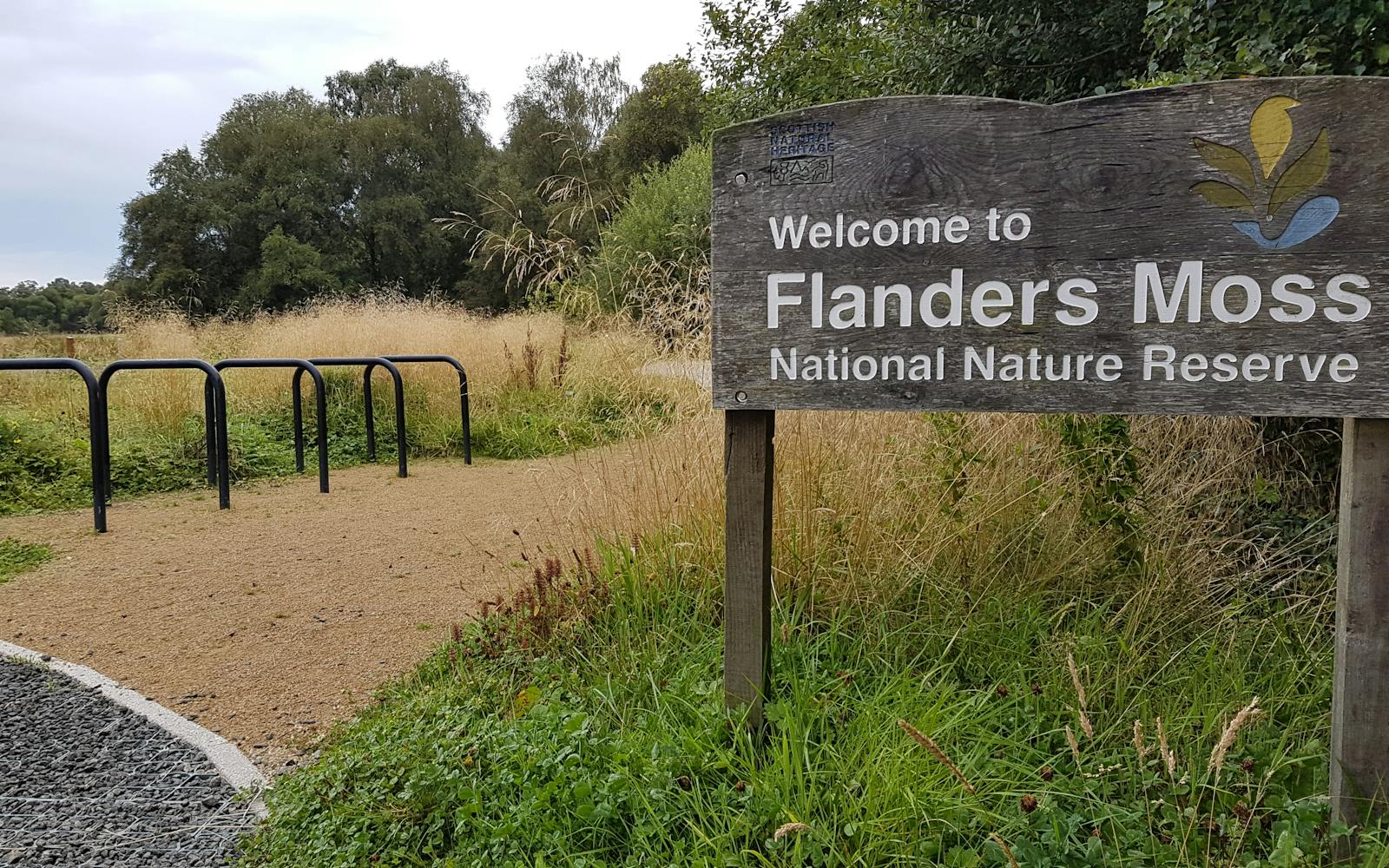
Working with nature
LUC has played a key role in upgrading several visitor facilities in sensitive locations on behalf of Scottish Natural Heritage (NatureScot), local authorities, national park authorities and others:
- Flanders Moss Nature Reserve, Stirlingshire – Sensitive refurbishment of visitor infrastructure using low-impact and accessible solutions that preserve the wild, ancient landscape.
- Forvie National Nature Reserve, Aberdeenshire – Upgrades to access and circulation, integrated with the wider landscape to create a distinctive arrival experience while embracing sustainable design principles.
- Dumfries and Galloway Coast and Upland Tourism Study - A strategic infrastructure project assessing improvements for coastal gateway car parks and upland scenic routes across Dumfries and Galloway.
- Kilmartin Glen, Argyll – Development of a visitor route network linking key heritage sites with new hubs to support car-free exploration of the rich prehistoric landscape.
- Douglas Valley Outdoor Recreation and Adventure Tourism Study – Strategy and concept designs for visitor infrastructure including activity hubs, active travel routes, walking and cycling trails, natural play areas and parking.
- Rowardennan, Loch Lomond – Ongoing design of visitor facilities and environmental improvements, including an upgraded visitor centre, landscape enhancements, and better road and footpath connections. Dry-stone walls, bespoke benches, and parking are carefully integrated into the natural setting.
- Newburgh Seals Viewing Project, Aberdeenshire – A masterplan for a Site of Special Scientific Interest, with a network of paths and viewing pits overlooking a colony of 400 grey seals. The design incorporated sustainable drainage, local materials and ecological sensitivity.
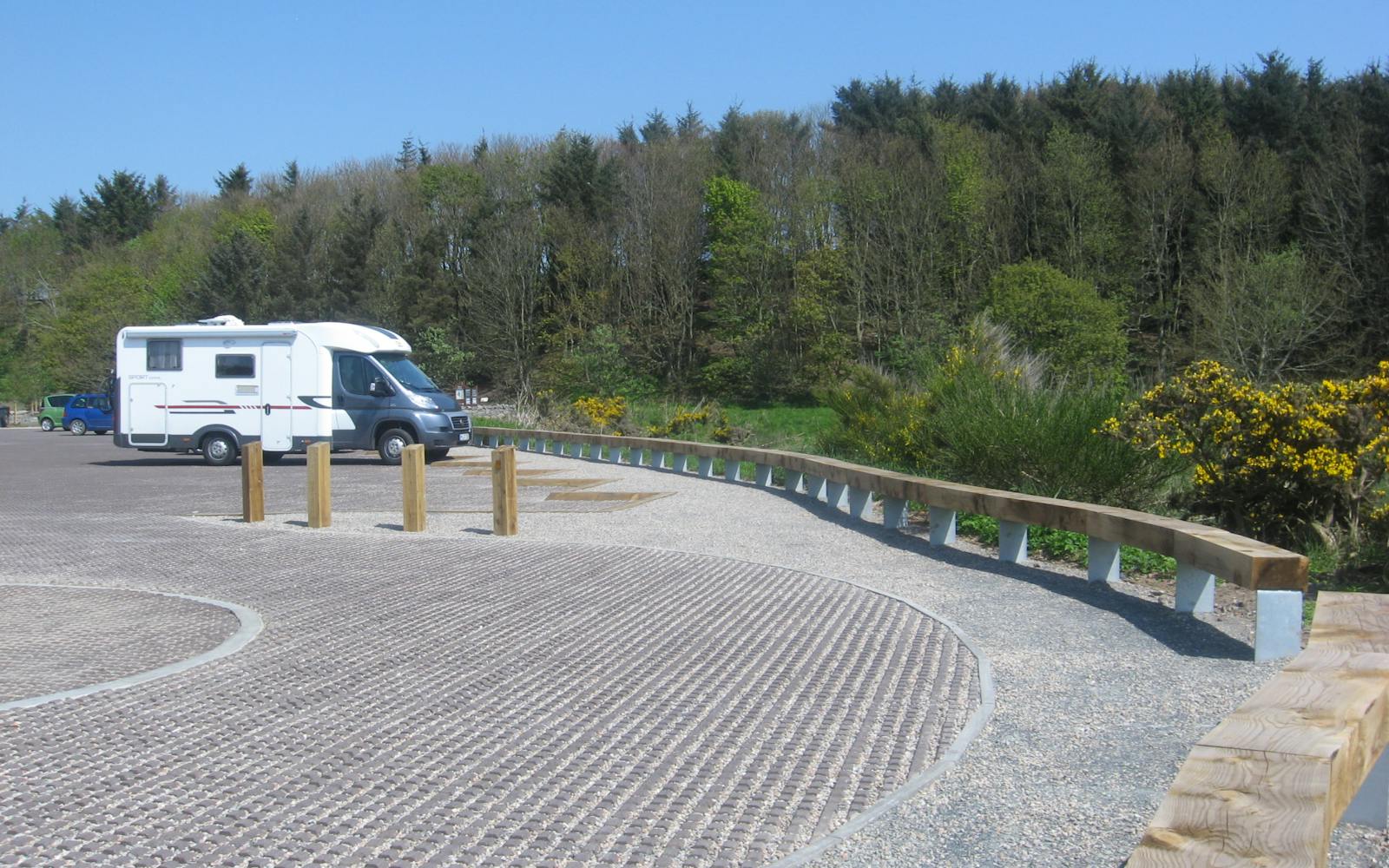
Tarbet – a Highland gateway
Loch Lomond and The Trossachs National Park attracts four million visitors annually, drawn by its natural beauty, heritage, and recreational opportunities. Much of its infrastructure predates the park’s designation in 2002, and although upgrades have been made, visitor needs continue to evolve. The Park Authority is adopting a place-based approach to improve facilities while balancing local needs, environmental protection, and tourism.
The Tarbet Visitor Centre project, led by LUC for Loch Lomond and the Trossachs National Park, has transformed the west side of Loch Lomond into a premier visitor destination, prioritising ecological sustainability and enhancing the visitor experience.
Key project features:
- Ecological enhancements: Landscape design and ecological expertise created a sustainable and welcoming environment. Surveys for protected species, particularly bats, minimised construction disruption. Measures such as bat boxes, native tree planting, woodland restoration, and invasive species removal improved biodiversity.
- Visitor experience improvements: Improved parking and visitor circulation, EV charging, and better amenities for cyclists and water travellers. Better access for buses and motorhomes promotes sustainable travel.
- Sustainable design principles: The masterplan prioritised blue infrastructure, biodiversity enhancements and woodland management, with innovative architecture designed to meet visitor needs while protecting the landscape.
We prioritise high-quality landscape design, nature-based solutions and climate resilience, ensuring accessibility for all. Sustainable travel is promoted through integrated transport hubs that support walking, cycling, EV use and public transport. Visitor management focuses on dispersing tourism to more resilient areas and encouraging responsible behaviour through improved facilities and design.
We also recommended low-carbon, locally sourced materials, waste minimisation, lifecycle assessments and circular economy principles. The visitor centre reopened this spring as a more sustainable, inclusive and nature-positive site, with better facilities to benefit local communities, visitors and the Scottish economy.

Meeting challenges and creating balance
Scotland’s rural tourism industry must meet its challenges through collaboration between government, communities, park authorities, landowners, and tourism operators.
Nature can recover quickly in lesser-visited areas, but tourism must be carefully managed to balance visitor needs with environmental protection. Our work seeks to achieve that balance, ensuring future generations can enjoy Scotland’s beauty in a sustainable and responsible way.


